“Hell Tour” of Beppu Onsen
Here is a question for you. Ant hell, crocodile hell and capybara hell. Which hell actually exists in “Hell Tour” of Beppu Onsen?
Even in Oita Prefecture, where the number of hot springs yielding is highest in Japan, Beppu City is especially known as the largest number of hot springs. Gas, hot mud, and hot water has been gushed for over 1000 years and its scene was feared as hell.
There are hundreds of hot springs in Beppu city, and there are not only hot springs that you can be soaked in hot water, but also hot spring that you can enjoy with your eyes. This is “Hell Tour” that compare hot spring (spring source) to hell and see them around.
There is hot spring changed to various colors such as blue, red, white etc. depending on its inclusion and hot spring that blow hot water out regularly and some more unique hot springs. It is one of the highlights of sightseeing in Beppu to look around such special hot springs.
In Beppu city, there are many hot springs called hell, but Umi Jigoku (Sea Hell), Chinoike Jigoku (Blood Pond Hell), Shiraike Jigoku (White Pond Hell) and Tatsumaki Jikoku (Whirlwind Hell) are designated as a national scenic spot.

Umi Jigoku is a hot spring that has changed color to cobalt blue due to the function of iron sulfate. Its color seems to be cold but, the temperature of the hot spring is 98 degree and Onsen Tamago that put the egg in the bamboo basket and boiled in the hot spring became their specialty.

At Chinoike Jigoku, iron oxide causes a chemical reaction and deep red color mud is spouting out from the bottom of the pond, so the whole surface of pond looks like stained red color of blood.

At Shiraike Jigoku, is a hot spring that spout out is colorless and transparent, but once it falls into the pond, it become clouded. There is the tropical fish aquarium uses heat of hot spring.
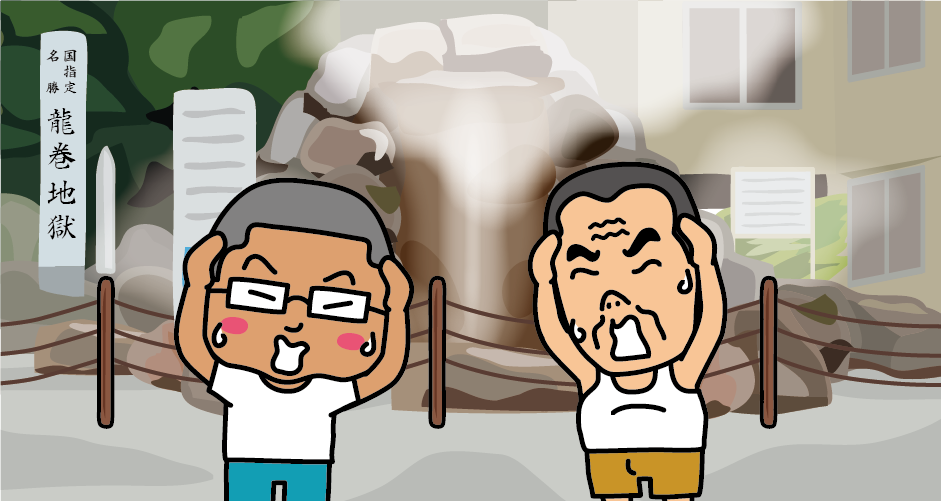
Tatsumaki Jigoku is a geyser spouts about every 30 minutes. Gushed hot spring exceeds 100 degree and it has a power to gush more than 50m, so the ceiling and surroundings are covered with stone because of hazard prevention.

Bozu Jigoku (Buddhist Monk Hell) was named after Bozu (Buddhist monk) because boiled high temperature rising mud looked like a head of monk. It is also counted as one of the three greatest hell in Beppu and it is also designated as a natural monument of Oita Prefecture.

Oniyama Jigoku (Devil Mountain Hell) keeps crocodiles. It is also called as “Crocodile hell”.
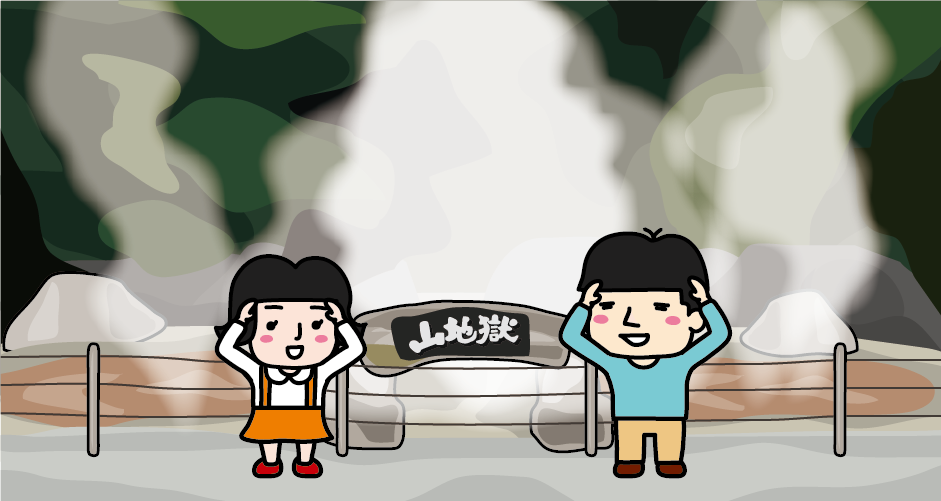
In Yama Jigoku (Mountain Hell), white vapors blow out from all over the rocks. Hippos, capybaras, ponies, rabbits, etc. are kept in Yama Jigoku and you can experience feeding at there.
Access to Umi Jigoku and Chinoike Jigoku
It takes about 1 hour and 35 minutes from Haneda Airport to Oita Airport. It takes about 1 hour from Itami Airport to Oita Airport.
It takes about 50 minutes from Oita Airport to JR Oita Station by airport express bus.
It takes about 20 minutes from JR Hakata Station to JR Kokura Station by Sanyo Shinkansen. At JR Kokura Station, transfer to the JR Kagoshima Main Line (limited express) to JR Beppu Station in about 1 hour 20 minutes.
[Umi Jigoku Area]
It takes about 25 minutes from Beppu Station West Exit bus stop to Umijigoku-mae bus stop or Kannawa bus stop by local bus (Kannawa line).
It takes about 1 minute-walk from Umi Jigoku to Oniishi Bozu Jigoku. About 5 minute-walk from Kamado Jigoku to Oniishi Bozu Jigoku. About 1 minute-walk from Kamado Jigoku to Oniyama Jigoku. About 2 minute-walk from Oniyama Jigoku to Shiraike Jigoku. About 4 minute-walk from Shiraike Jigoku to Kannawa bus stop.
[Chinoike Jigoku Area]
It takes about 6 minutes from Kannawa bus stop to Chinoike Jigoku-mae bus stop by local bus (outer loop line).
About 1 minute-walk from Chinoike Jigoku to Tatsumaki Jigoku.

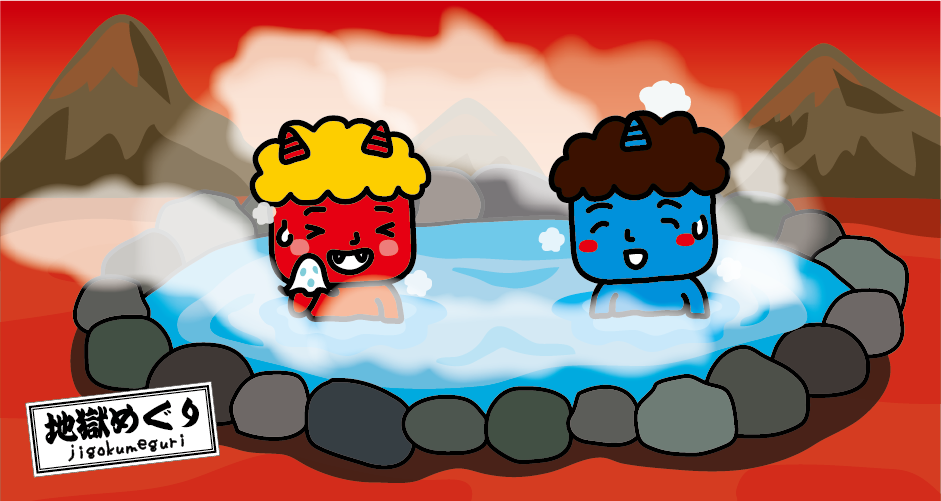



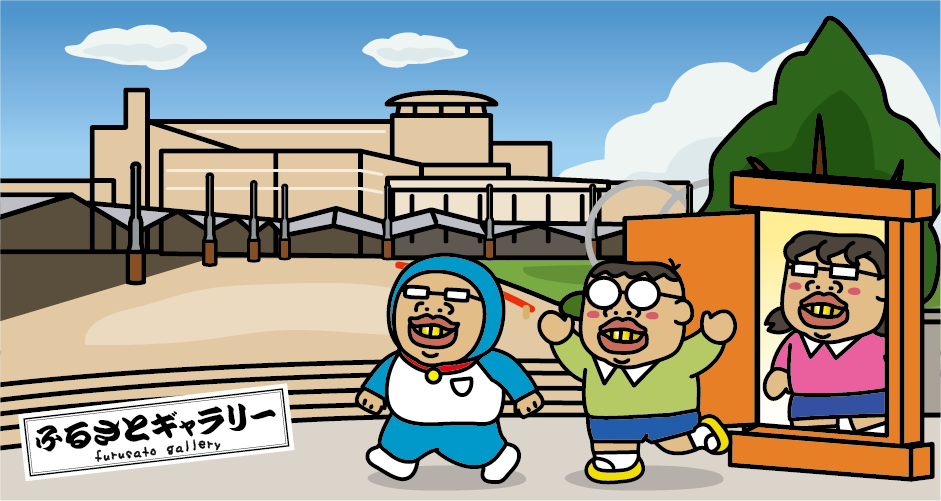

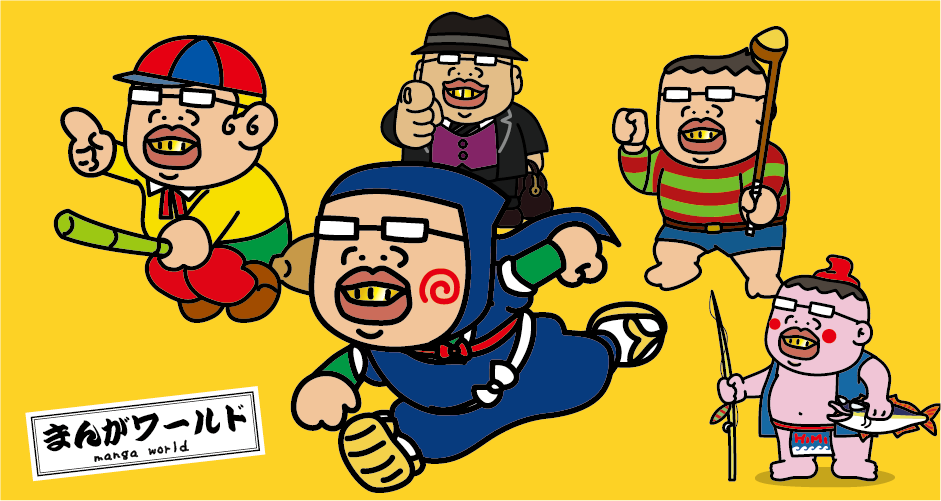



You need to login to comment on an article.